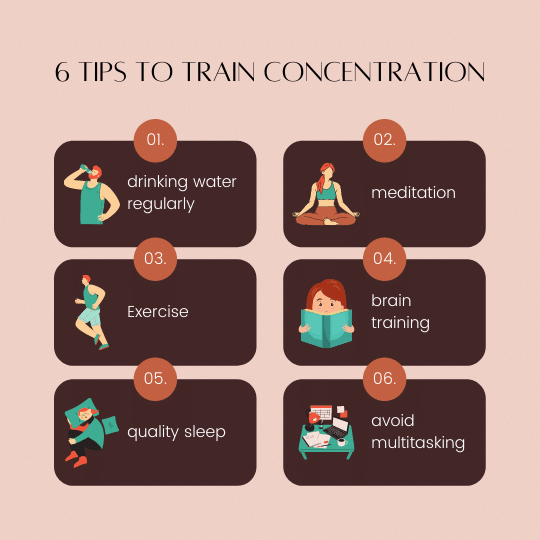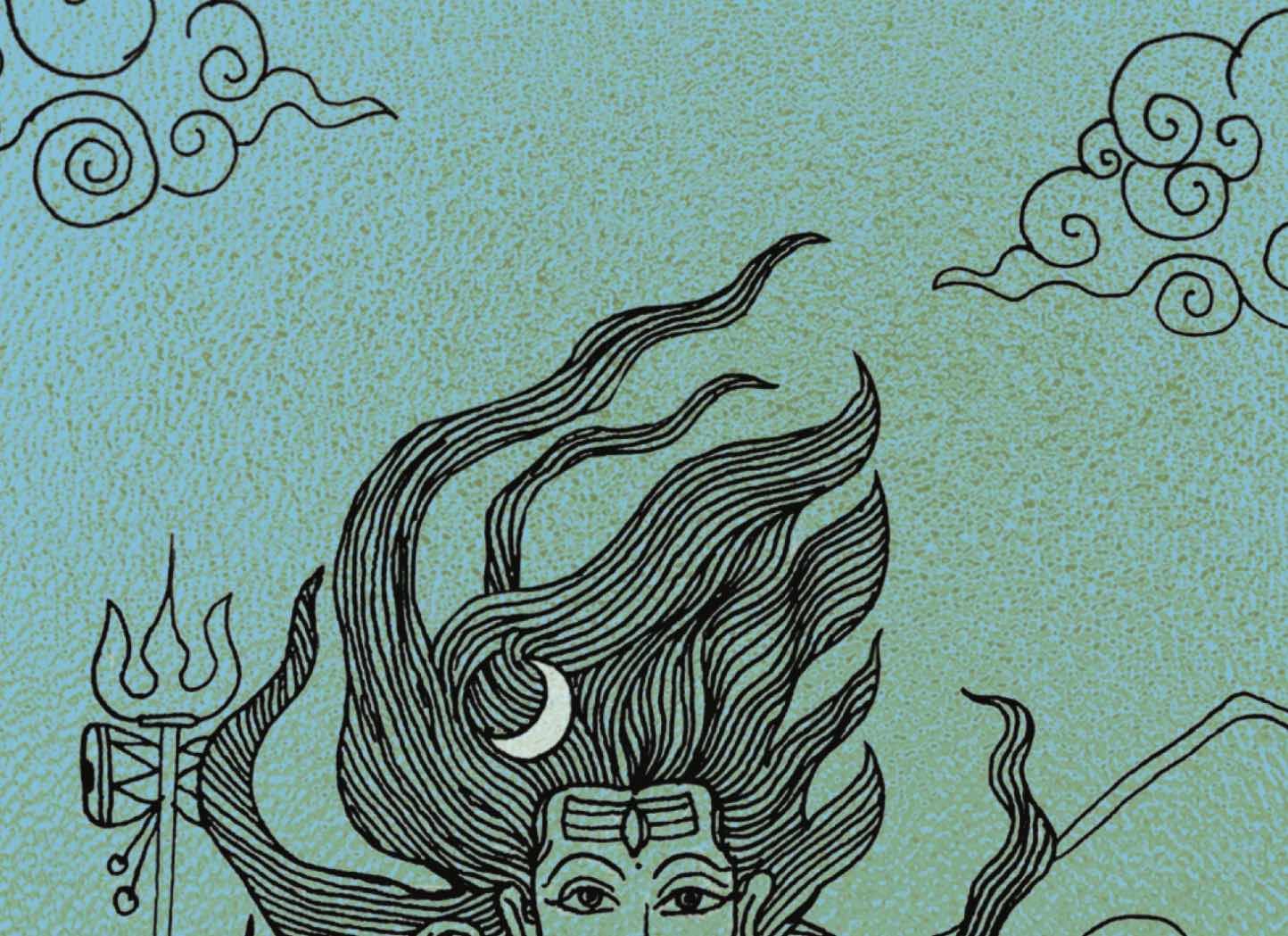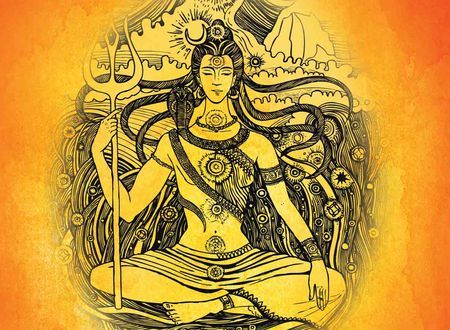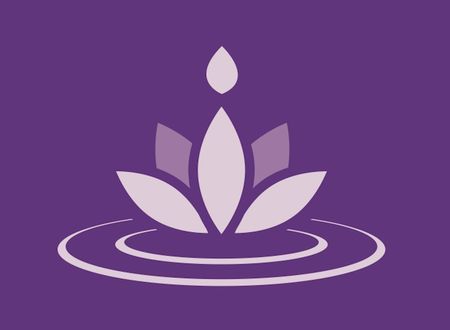There’s the physical aspect of yoga which comprises asanas (postures), pranayama (breath regulation), bandhas (locks), mudras (a movement, gesture or a pose) and kriyas (a sequence of steps). You also have dhyana yoga (the path of meditation and related practices, whether that’s on kundalini, form or the formless), karma yoga (just leading a meaningful life where your primary focus is on doing the right thing with or without any religious beliefs), gyana yoga (acquiring an insight based on study, contemplation, self-inquiry and wisdom) and bhakti yoga (the path of devotion and complete surrender to the Divine Will).
Whatever movements Indian gurus started in the last 150 years, regardless of whatever name they gave to their methods, were either a direct derivative of one of these streams or a mix of many. And then you, have mantra yoga which has also been the focus of many traditional masters well versed in the Vedas. Many traditions taught its followers the complete science around one mantra. Some of the new age ones define mantra yoga as the art of meditating on a sound. Mantra yoga, however, is way more than that. It’s an astoundingly deep science with its own framework.
Please allow me to speak on this somewhat arcane topic of mantra yoga today. It’s my specialization, something I’ve spent years and years experimenting. And, a path I find quite rewarding even today. It’s taking the law of attraction to the next level, it’s experiencing samadhi in a way words just can’t explain.
I once heard a beautiful story by Swami Rama. His guru had adopted him when he was a five-year-old boy. At the time of initiation, Swami Rama’s guru promised him that he would experience samadhi in 12 years. The young Swami Rama held on to that promise with great hope and expectation.
Gradually, 19 years passed in which he assiduously served his guru, but Swami Rama was still deprived of any experience of samadhi. He was 24 years old now. Upset and hurt, he confronted his guru saying that he had already given 19 years and nothing divine had transpired. His guru urged him to practice a bit more, saying that he wasn’t ready yet, but Swami would have none of it.
“I’m going to drown myself in the Ganges,” he retaliated.
“Oh, in that case,” the guru joked, “make sure you jump with a big rock tied to you so that you are able to carry your resolve even if you change your mind once in water.”
“Fine!” And, Swami Rama stormed away. Barely had he reached the door of the cave, his guru called him back.
“Come, sit here,” he gestured. “Calm down and repeat after me.”
The guru whispered a mantra and Swami Rama repeated the mantra after him. A moment later, he touched him on his forehead and Swami Rama felt himself completely immersed in bliss, then he came out of that experience.
“It was beautiful,” Swami Rama said. “But now I’m even more confused.”
“I told you, you were not ready.”
“Was it the result of my 19 years of sadhana,” Swami asked, “or, what is your touch? If it was my sadhana, then why did you have to touch me and if it was your touch, why on earth did you have me wait 19 years?”
The guru smiled. “Silly boy,” he said, “it was neither my touch nor your sadhana.”
“Then?”
“It was divine grace.”
There are 16 critical factors that will ensure your success on the path of mantra yoga. All 16 requisites, however, depend on the singular most important element — grace. Without divine grace, it is impossible to attain siddhi (success).
The amount of grace you receive on the path of mantra yoga is directly proportional to how sincerely you fulfill the 16 conditions. They are:
-
Bhakti (devotion) 2. Shudhi (purification) 3. Asana (seat)
-
Panchang Sevan (five types of food) 5. Achara (conduct)
-
Dharana (concentration) 7. Divyadesh Sevan (self-identification)
-
Prana Kriya (breath regulation) 9. Mudra (hand locks)
-
Tarpana (libations) 11. Havan (fire offerings) 12. Bali (sacrifice)
-
Yaag (contemplation and inner worship) 14. Japa (chanting)
-
Dhyana (meditation) and 16. Samadhi (absorption)
It may sound a lot but for the sincere practitioner, who continues to practice step-by-step, it all comes together naturally.
Bhakti is first for a reason for, it is the most important condition to succeed in mantra yoga.
Every educated practitioner asks me one question: why do I need devotion if mantras form a scientific framework? It’s a question even I’ve asked myself at one time. Before I answer this question, I have to ask you whether you believe that Vedic scriptures are true and not a work of fiction. If you have come to believe that our scriptures are mere mythological texts, then mantra yoga will disappoint you completely. Mantra requires that you invest your faith in a deity. Every mantra has a deity. If you don’t believe in the existence of God or that God can have a form, then you would be better off practicing pure meditation and not bother with the sonic science of mantras.
If you feel good by just chanting a mantra, by all means, you can continue doing that. If, however, you wish to experience all that mantra siddhi can bring you, it is imperative that the entire system of mantras is followed in its entirety. Walking this path invariably begins with some faith in the truth of Vedic scriptures, existence of God and the possibility that God or energy can manifest in a physical form.
…
To reach any level above where we are, we must first have to accept with humility that we require help from someone who’s already there; that we haven’t yet figured out everything; that we need the beneficence of someone more superior than us. Receiving that benediction is grace and to be a worthy recipient of grace requires bhakti.
Bhakti is not the only hurdle for an educated mind that yearns for logic and rationality. Mantra yoga requires that you be devoted to a form, for a mantra is the verbal or sonic representation; it’s the sound form of a deity. Every deity has a mantra. If I need to call you, I ought to give you some name. Even if I don’t know your name, I must assign you some noun even if I don’t spell it out. I may loudly say, “Excuse me!” Or, if you can see me, I may gesture to indicate that I’m addressing you. Either way, I must find a way to express myself.
While there is no right or wrong way of praying or worshiping, when it comes to mantra yoga, a practitioner must direct and invest his faith in a form. It’s one of the fundamental requirements even if praying to a form appears counterintuitive in the beginning.
Swami Vivekananda was once visiting a king who told him that he didn’t believe in idol worship.
“It’s illogical, primitive and baseless,” the king said. “How can you love a stone? It’s not like the stone is actually God.”
Vivekananda kept quiet and a little while later, when he was just about to depart, he pointed at a big portrait on the wall.
“Whose picture is this?” Vivekananda asked the king.
“This is my great grandfather’s,” he replied with pride. “His valour is known throughout the length and breadth of the country.”
“Can you please have this picture taken down for a minute?”
The king was intrigued. Nevertheless, he did as asked.
“Now, spit on it,” Vivekananda instructed.
“Swamiji,” the king cried, “Had it been anyone else, I would have him thrown in jail for uttering such words. This is my great grandfather’s portrait. How can I even think of spitting? Visitors and workers bow before it.”
“Why?” Vivekananda countered calmly. “What’s the problem? It’s just a picture. How can you love a picture? It’s not like the picture is really the person.”
Idol worship does not mean that you only worship the idol, it simply means you have assigned a form to the one you pray to. It can bestow immense inner strength. Imagine, you have a pen friend. For years, you exchange letters with your friend and he always makes you feel important, loved and cared for. You feel that your friend understands you, listens to you and even helps you in need. His care will naturally evoke feelings in your heart. One day you would want to know what this noble person looks like. You would want to meet him in person and express your gratitude.
Idol worship is something like that. It’s a devotee’s sentiment. A bhakta says: the Lord who’s been taking care of me must look this beautiful, adorned with the best vastra and alamkara — this is simply a devotee’s way of expressing his gratitude.
If you don’t believe that God has a form or just don’t like idol worship, you could simply pray to the universe, the formless God. It’s just as beautiful, for, ultimately, all rivers merge into the ocean. Therefore, it doesn’t matter what your method of praying is, if you do so with moral, mental and physical purity, it will not go unheard. But, if you want to walk the path of mantra yoga, a belief in a deity is absolutely required. You don’t have to pray to an idol, but you must believe that God can assume a form and the form you believe in is your deity.
A mantrin believes that in the vast universe, there is a divine entity that can assume a form and that form can bestow upon me siddhis or protection. The firm belief that the divine form is my savior and can help me navigate through the choppy ocean of life to reach the shore is the foundation of bhakti. To be totally in love with God (or your deity) and to exercise complete self-surrender towards your object of worship is bhakti.
Mantras are not merely phonetic sounds. If this is the view we wish to take then we must negate their origin as it’s written in scriptures. Therefore, by definition, we must also denounce the injunctions or requirements as stated in various texts elucidating the science of mantras. And, if we are brushing them aside as works of fiction, clearly, we fail to accept the framework of mantras in its entirety. Partial acceptance won’t lead to complete success.
Somewhere along the line you have to make up your mind about which camp you are in. You can’t travel in two boats at the same time.
Belief in some form of a divine energy and devotion towards that form is one of the basic requirements of mantra yoga.
Quoted above is an excerpt from The Ancient Science of Mantras, my book on the path of mantra yoga. Once again, I’ve selected a chapter from the middle because you can read the introduction using the Look Inside feature on Amazon. Before you go ahead and buy this book, let me tell you that to truly benefit from this work, you’ll need to read it patiently and absorb what I say therein. To practically benefit from mantras, I have included some sadhanas in the book you can undertake. The relevant links to buy this book are below. Hope you enjoy the read and gain from it.
For readers in India: Amazon.in
For everyone else: Amazon.com
Peace.
Swami
Editorial Note
A mantra, as we’ve read above, is not just a set of phonetic sounds but a powerful sonic science. If you hold faith in a deity, the path of mantra yoga will help you progress in meditation. And a vital tool in mantra yoga is mantra meditation.
The questions below elaborate on mantra meditation practice, including its specifics, technicalities and benefits.
What types of chanting beads can be used in mantra meditation?
There are many types of chanting beads, of which the three most common are tulsi, chandan and rudraksh. The video below elaborates on which type of bead is used for which type of mantra meditation.

Timeline:
- 0:20 – 1:08: Uses of the common types of chanting beads
- 1:08 – 2:18: Types of beads in mantra sadhana and tantra sadhana
- 2:19 – 4:25: The ultimate chanting beads
- 4:26 – 6:48: Types of mantras in mantra sadhana
- 6:49 – 10:49: Becoming one with a mantra
Does the Gayatri Mantra meditation benefit the brain?
The chanting of the Gayatri Mantra helps in boosting the right brain, the site of creativity and foresight. Watch the video below on how the mantra benefits the brain and the breathing cycle to employ while chanting it.

Timeline:
- 0:44 – 5:27: How the Gayatri Mantra meditation boosts the brain
- 5:28 – 6:25: Why the Gayatri Mantra was earlier chanted while standing in running water
- 6:26 – 10:26: How the pattern of breathing and deep breathing helps the Gayatri Mantra meditation
What can one achieve with mantra meditation?
Correct mantra meditation grants the sadhak certain siddhis or attainments. What happens when due process isn’t followed, however? The following video tells us.

Timeline:
- 0:48 – 3:03: The sadhak who broke process in mantra siddhi and suffered the consequences
- 3:04 – 7:02: The different levels of siddhis
- 7:03 – 11:49: Meditation in a cremation ground
What type of place is suitable for mantra meditation?
The more comfortable a place to meditate, the more the mind will wander. The more challenging the surroundings, the more the mind will focus on sadhana. This video speaks about the best spaces to meditate for a serious sadhak.

Timeline:
- 0:10 – 2:42: Meditating at home
- 2:42 – 8:07: The different systems of Lord Shiva and Lord Vishnu
- 8:08 – 9:41: Where to meditate for attainment of siddhis
- 9:42 – 12:08: The story of the Rudranath saint
How does one build concentration in mantra meditation?

Timeline:
- 0:10 – 1:38: Is it better to chant mantras loudly or internally?
- 1:39 – 2:40: For a purascharana, is it necessary for the sadhak to take the mantra from an enlightened guru?
- 2:41 – 8:45: The different aspects of mantra chanting
In mantra meditation, what is the object of attention?
Mentally chant the mantra you have been initiated into. But the key is not chanting, the key is listening to each chant. That requires great concentration. Be steady, slow, and manage your pace. Just listen to the mantra, the sacred sound.

The most important point to remember is that you must not engage in any intellectual examination while practising concentration. This means: do not start examining, appreciating, understanding, or condemning your object of visualization.
Just focus on the object and try your utmost to maintain your focus. Your mind is going to wander off every few seconds, bring it back. Continue reading about improving your concentration during meditation.
Continue reading about improving your concentration during meditation.
How can mantra meditation transform the life of the practitioner?
It enhances your spiritual practice and transforms you. Here is a real story of a mantra sadhana practitioner. There was this person in Canada – and I am telling you his real-life story, which I witnessed over a period of time. When I first met him in India, he was a devout worshipper of the Mother Goddess and ardently chanted the Gayatri mantra. He was the first one whom I saw who actually had Gayatri siddhi.

Siddhi is when a mantra becomes your own and you become the mantra; the energy of the mantra works through you, lives in you, benefitting other people. He blessed and helped many people sail through difficult circumstances in life.
When I first met him, this man’s radiance was extraordinary. He had such a beautiful, effulgent face; you could look at him all day, and still feel as if you were receiving the love, warmth, divinity, and grace that flowed from him.
Continue reading about the power of mantra sadhana.
A GOOD STORY
There were four members in a household. Everybody, Somebody, Anybody and Nobody. A bill was overdue. Everybody thought Somebody would do it. Anybody could have done it but Nobody did it.
Don't leave empty-handed, consider contributing.It's a good thing to do today.









Comments & Discussion
9 COMMENTS
Please login to read members' comments and participate in the discussion.